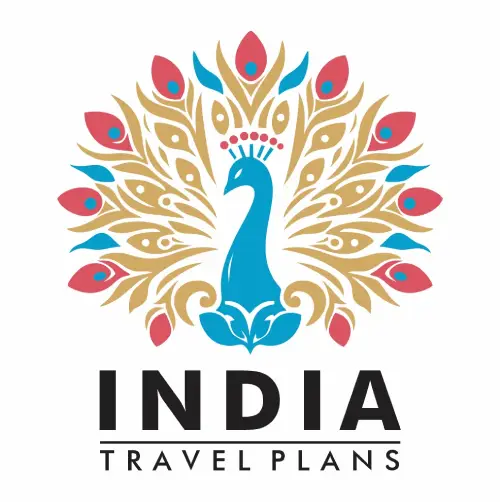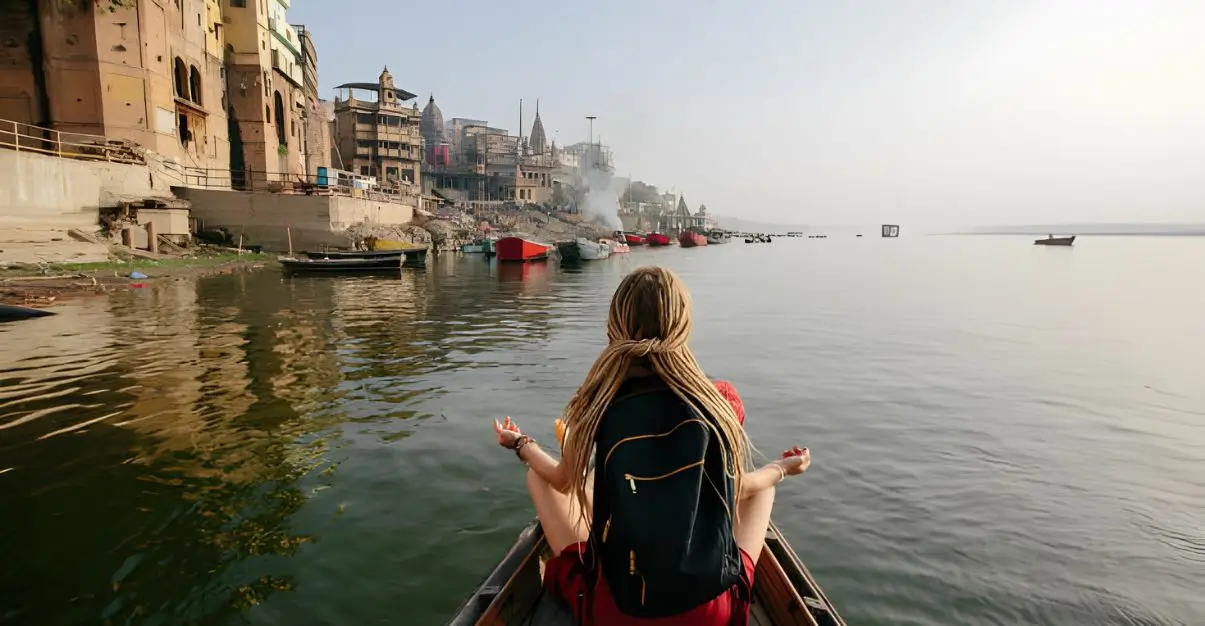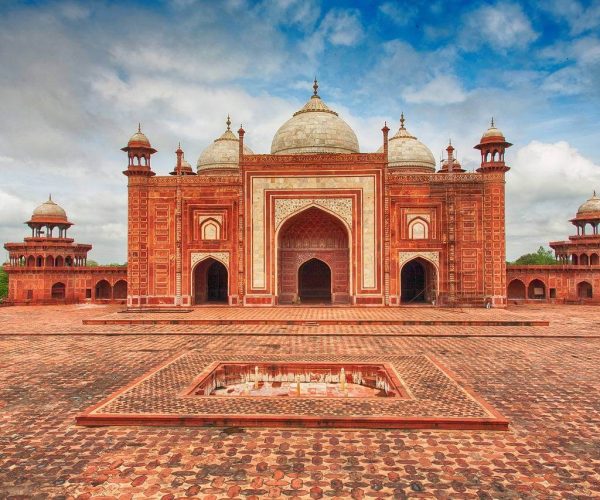India, with its rich history, diverse culture, and rapid economic growth, often finds itself misrepresented in Western media. Andy Lim, an entrepreneur from Singapore who moved to India 18 years ago to start a business, offers a refreshing perspective on the country’s true state of affairs.
In a candid conversation with Max, a YouTuber and entrepreneur, Andy shares the biggest misconceptions about India, the challenges of doing business there, and the unique cultural nuances that define Indian society.
Misconceptions about India in Western Media
Andy Lim starts by addressing the common stereotypes and misconceptions about India that prevail in Western media. He notes that India is often portrayed as a poor, overpopulated country with a low GDP and underdeveloped infrastructure. However, these perceptions are outdated and largely inaccurate.
Related: Busting 20 Myths Or Misconceptions About India
Technological Advancements:
India boasts one of the fastest 5G networks in the world, demonstrating its technological prowess. Major airports in cities like Mumbai and Delhi are modern and well-equipped, contradicting the notion of India being technologically backward.
Economic Growth:
India’s economic growth has been exponential in recent years. The country is a significant player in various industries, including finance, pharmaceuticals, automobile manufacturing, and commodities like steel, iron, and oil. This economic diversity and strength are often overlooked in favor of outdated narratives.
Wealth and Poverty:
While there are areas of poverty, India is also home to a considerable number of billionaires, ranking among the top five in Asia. The wealth distribution might be uneven, but it is inaccurate to label the entire country as poor. Furthermore, much of the food consumed in India is organic, a luxury in many Western countries.
Healthcare System:
India’s healthcare system is both advanced and affordable. The country produces some of the best doctors globally, who are highly knowledgeable and skilled. This aspect is rarely highlighted, with media focusing more on negative aspects.
India’s Position on the Global Stage
Andy explains that while India does not aim to position itself as an enemy to the Western world, it also does not want to replicate China’s path as a manufacturing hub for Western countries. Instead, India strives to grow on its own terms, leveraging its cultural and intellectual capital.
Self-Sustaining Growth:
India aims to develop independently, relying on its knowledge and culture rather than foreign investments. This self-reliant approach is reflected in its advancements in various sectors, including defense. India’s cost-effective space missions, like the one to the moon, underscore its capability to innovate efficiently.
Geopolitical Stance:
Historically, India has been a country that avoids invading others, preferring to maintain peaceful relations. Despite having border issues with neighbors like China and Pakistan, India focuses on strengthening its defense without aggressive posturing.
Business Culture in India
For entrepreneurs and businesspeople, understanding the unwritten rules of doing business in India is crucial. Andy Lim shares his insights on navigating the Indian business landscape.
Payment Culture:
One of the primary challenges in India is the slow payment culture. Businesses often face delays in receiving payments, which can sometimes extend up to a year. To mitigate this risk, Andy advises working with larger companies that are more concerned about their reputation and ensuring legal protections are in place.
Legal System:
India’s legal system can be slow and cumbersome, making it difficult to resolve disputes efficiently. For smaller amounts, pursuing legal action may not be worth the time and effort. Instead, partnering with reputable and established companies can provide better security.
Freeloaders:
The prevalence of freeloaders is another challenge, especially in the restaurant industry. Some restaurants ask for payment in advance to prevent customers from dining and leaving without paying.
Social and Cultural Norms
Navigating social interactions in India requires a nuanced understanding of cultural norms and practices.
Related: 7 Habits To Adopt When Travelling To India
Making Friends:
Indians are generally friendly and open to making new friends, especially in urban areas like Mumbai and Delhi. Sharing a beer or whiskey is a common way to bond and socialize. However, in rural areas, it’s essential to respect privacy and be mindful of manners, especially when interacting with women.
Conversation Topics:
In India, conversations often start with inquiries about family. Asking about someone’s family is a way of showing concern and building rapport, unlike in Singapore, where such questions might be seen as intrusive.
Hospitality:
Hospitality is a cornerstone of Indian culture. Guests are treated with great respect and care, often regarded as kings. This cultural emphasis on hospitality is evident in the country’s top hotels, such as those owned by the Tata Group and ITC, which are renowned for their service.
Related: 10 Best American Restaurants For Lunch In New Delhi (India)
Friendliness:
Indians in urban areas are generally open and curious, eager to engage in conversations and learn about others. This contrasts with places like Singapore, where people might be more reserved and cautious when approached by strangers.
Conclusion
India’s portrayal in Western media is often riddled with misconceptions that do not reflect the country’s true potential and achievements. Through the lens of entrepreneur Andy Lim, we see a vibrant and rapidly growing nation that is carving its path on the global stage.
With a strong emphasis on technological advancement, economic growth, and cultural richness, India stands as a testament to resilience and innovation. For those looking to do business in India, understanding the local culture and business practices is essential to navigating this dynamic market successfully.




